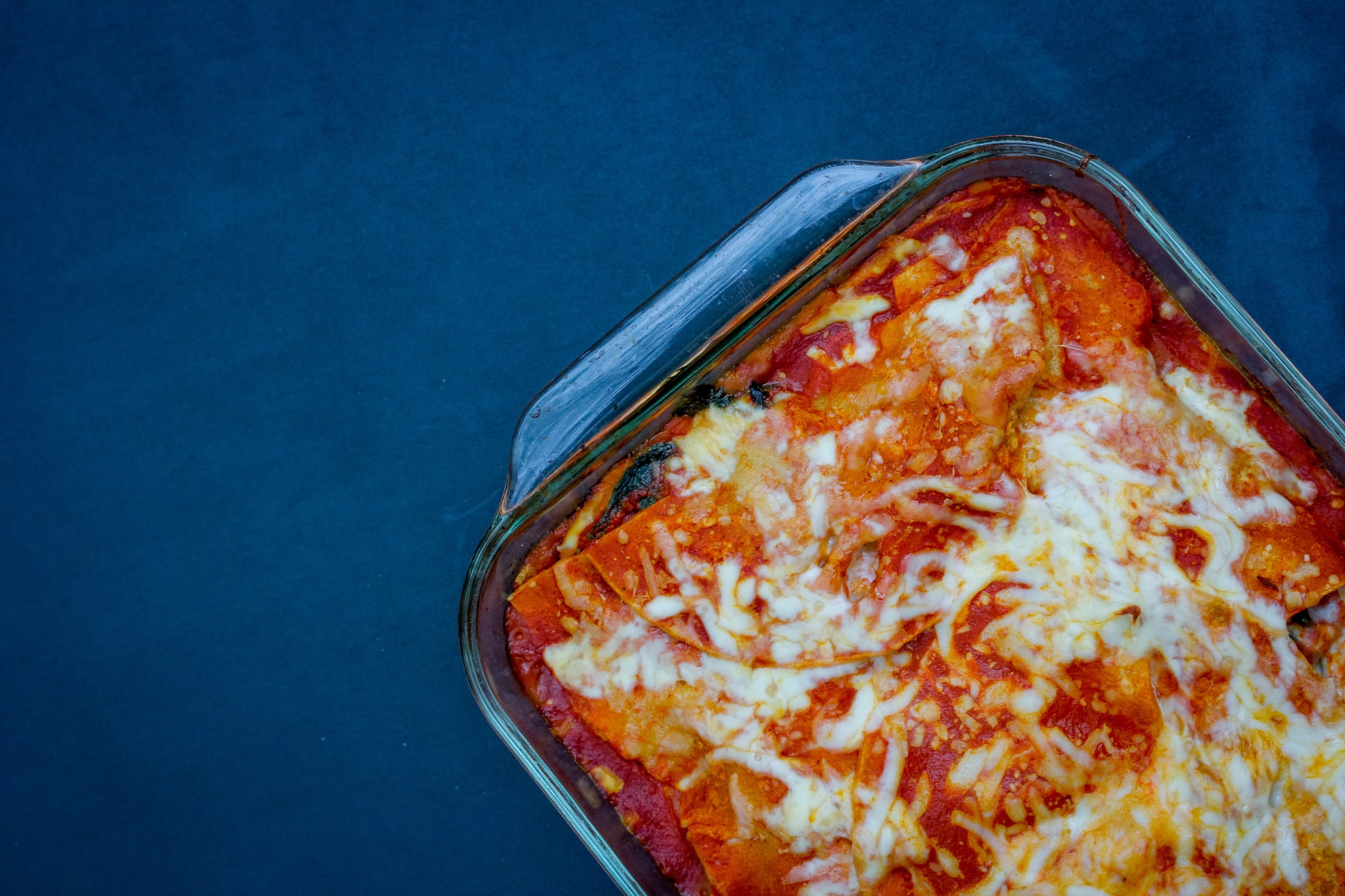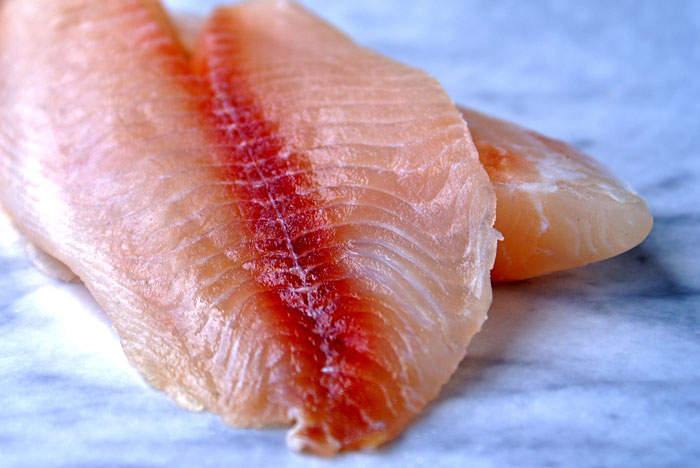It’s World Oceans Day, which spotlights the health of our waters. As a consumer, I know the best thing I can do is make sustainable seafood choices. That’s not always easy, because few foods are as confusing to buy these days as fish. If it’s wild-caught, is it being overfished? If it’s farmed, is it causing environmental problems? You could spend hours at the fish counter, reading labels and grilling the fishmonger, and still walk away bewildered. Many fish go by several names, which adds to the confusion.
 A longtime editor, writer, and recipe developer, Alison Ashton is a Cordon Bleu-trained chef and the Editorial Director for NOURISH Evolution. She has worked as a features editor for a national wire service and as senior food editor for a top food magazine. Her work has appeared in Cooking Light, Vegetarian Times, and Natural Health as well as on her blog, Eat Cheap, Eat Well, Eat Up.
A longtime editor, writer, and recipe developer, Alison Ashton is a Cordon Bleu-trained chef and the Editorial Director for NOURISH Evolution. She has worked as a features editor for a national wire service and as senior food editor for a top food magazine. Her work has appeared in Cooking Light, Vegetarian Times, and Natural Health as well as on her blog, Eat Cheap, Eat Well, Eat Up.
 To make those choices easier, Lia introduced NOURISH Evolution’s Super Sustainable Seafood Picks last year. Those choices still are smart, and we’ve updated the list this year with some new entries. Our criteria are simple: A fish must be raised or caught in an environmentally sound manner, safe to eat, widely available, and easy to identify. We cross-checked our selections with the Monterey Bay Aquarium’s SeafoodWatch, Blue Ocean Institute’s Seafood Guide, and the Environmental Defense Fund’s Seafood Selector.
To make those choices easier, Lia introduced NOURISH Evolution’s Super Sustainable Seafood Picks last year. Those choices still are smart, and we’ve updated the list this year with some new entries. Our criteria are simple: A fish must be raised or caught in an environmentally sound manner, safe to eat, widely available, and easy to identify. We cross-checked our selections with the Monterey Bay Aquarium’s SeafoodWatch, Blue Ocean Institute’s Seafood Guide, and the Environmental Defense Fund’s Seafood Selector.
 A longtime editor, writer, and recipe developer, Alison Ashton is a Cordon Bleu-trained chef and the Editorial Director for NOURISH Evolution. She has worked as a features editor for a national wire service and as senior food editor for a top food magazine. Her work has appeared in Cooking Light, Vegetarian Times, and Natural Health as well as on her blog, Eat Cheap, Eat Well, Eat Up.
A longtime editor, writer, and recipe developer, Alison Ashton is a Cordon Bleu-trained chef and the Editorial Director for NOURISH Evolution. She has worked as a features editor for a national wire service and as senior food editor for a top food magazine. Her work has appeared in Cooking Light, Vegetarian Times, and Natural Health as well as on her blog, Eat Cheap, Eat Well, Eat Up.












